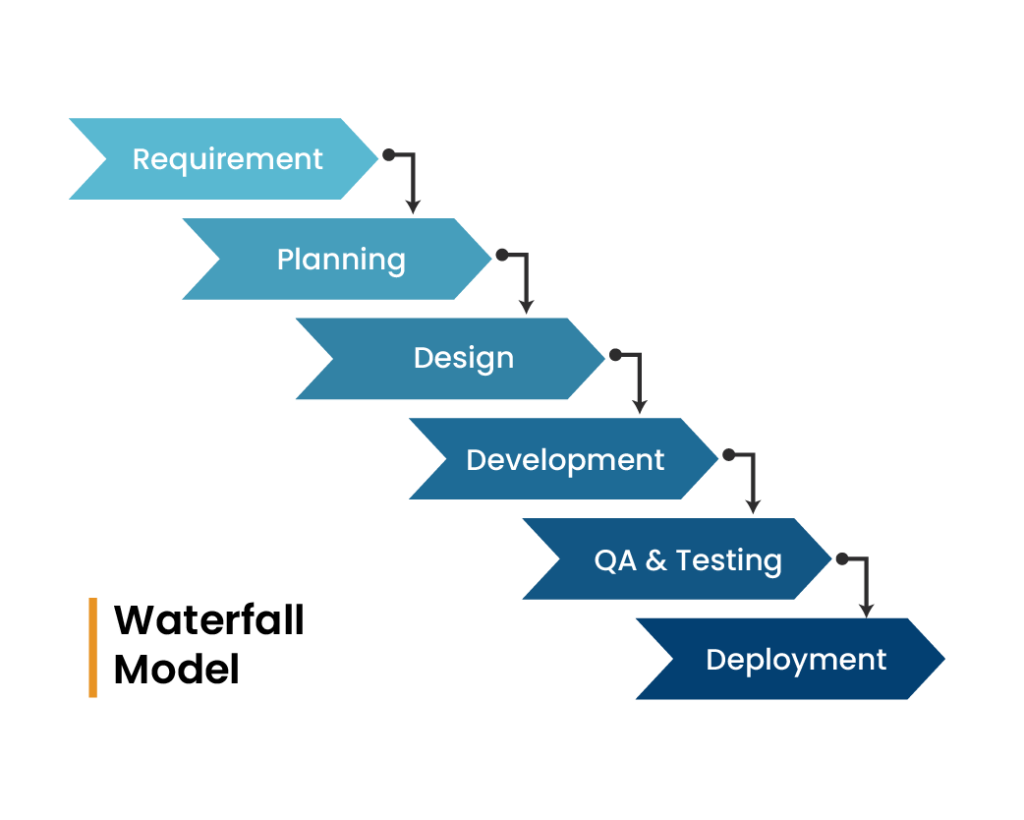
Methodology
Trusting Process for Quality Output
Salzer Technologies software services cover the entire spectrum of Adaptive Software Development Lifecycle methodology. Salzer Technologies provides a structured software development process to ensure the product release is solid and ready for deployment. Enterprise software products require a higher-level of quality, robustness, and flexible architecture.
We employ industry-proven frameworks and methodologies to ensure efficiency, quality, and adaptability throughout the project lifecycle. Our approach can be broadly categorized into Agile and Waterfall models, depending on the project requirements.
Methodologies

Agile Methodology
- Sprints: Short, time-boxed iterations of work.
- Daily Stand-ups: Brief meetings to discuss progress and obstacles.
- User Stories: Descriptions of features from the end-user perspective.
- Continuous Integration: Frequent integration and testing of code.
Advantages:
- Highly adaptable to changes
- Continuous feedback and improvement.
- Early and frequent delivery of working software
Waterfall Model
The Waterfall Model is a linear and sequential approach to software development. It consists of distinct phases such as:
- Requirements Analysis: Gathering and documenting what the project needs.
- System Design: Creating the architecture of the system.
- Implementation: Writing the code and converting design into a functional system.
- Integration and Testing: Combining all parts of the system and testing for defects.
- Deployment: Releasing the final product to users.
- Maintenance: Ongoing support and bug fixes.
- Clear structure and easy to manage.
- Well-documented stages and deliverables.


Hybrid Model
- Initial Planning: Using Waterfall for initial phases like requirements and design.
- Iterative Development: Adopting Agile practices for implementation and testing.
- Feedback Loops: Incorporating regular feedback and adjustments.
Advantages:
- Balances structure and flexibility.
- Can be tailored to specific project needs.

Why Choose Us
-
Partner-Centric Approach
Our methodologies are chosen based on project requirements, ensuring optimal results.
-
Versatility
Expertise across multiple methodologies allows us to adapt to diverse industries and challenges.
-
Proven Success
Our flexible approach ensures timely delivery, quality assurance, and client satisfaction.